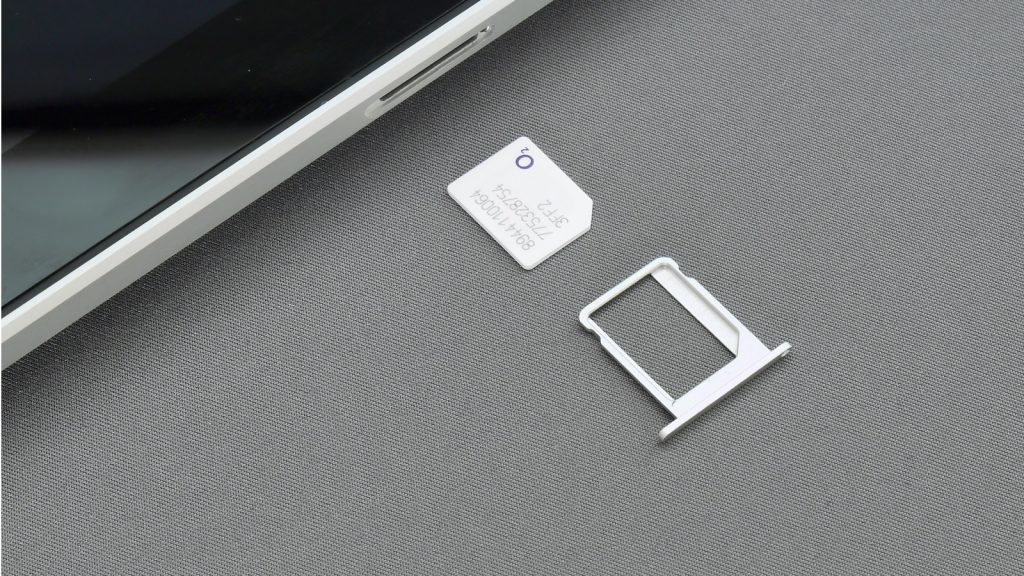We wrote a piece about whether or not to opt for an eSim card or stick to the old SIM card and which was better.
What if I told you there’s a new player in the mix and that fresh new innovation is known as an iSIM?
No ad to show here.
The spelling is a little on the Apple i-something side but this incoming revolution in the SIM world is known as the iSIM (Integrated Subscriber Identity Module).
Could this be the final nail against the traditional Sim card?
The revolution has begun, and we know that much with eSim market predicted to reach $16 billion by 2027 according to Juniper Research.
So what will this iSIM do and how is it different?
First things first, it has little to do with Apple, lets just get that clear.
The iSIM will enable devices to connect to a network without the need for a physical SIM card or eSIM inserted in the printed circuit board.
For as long as we can remember the purchase of a new phone meant, you needed to have a pin ready in order to click eject a SIM card slot to insert the card in.
The entry of the eSIM was suspected to change that, however the shift has been rather minute.
While Apple and the iPhone were one of the first to launch an eSIM-only iPhone 14 model in September 2022, it seems the revolution may be here, just slowly filtering through different LSMs.
With an iSIM, even saying that is wrong. Lets try, the iSIM technology embeds the SIMs features directly on to the devices hardware, allowing it to connect to cell networks.
Yes it means your identity will most likely be paired with a device, but if this only dawned on you know, we have news for you.
Back to it.
The iSIM is most likely going to allow faster secure connections of similar devices.
No more pins in boxes. That’s a good one. What happens to all those pins?
The shift from creating SIM card tray’s will likely mean manufactures get to create smaller and more compact devices, which reduce damage from water and other ware and tear.
ISIMs will come with logistical benefits to link to any mobile network operator regardless of product type.
These will also eliminate older version devices at a faster rate, which could see a quicker acceptance of the end to the traditional SIM card.
Security is also added as a benefit to iSIMs, but there’s something that’s not being said here, think lost phone, recovery and access to your information.
Okay, data breach!
With information embedded directly into the device a phone becomes way more than just a phone but a tool used to pay for groceries, scan and open your doors, (depending on your smart home access), control lights, and security cameras. With the iSIM some of your information is linked to that device if lost or stolen.
The benefit although data breach may be a con, is faster customer care assistance.
ISIMs may end the visits to retail stores for traditional sim cards and RICA activations and make the process quicker and more seamless.
ISIM can be activated remotely and another benefit of iSIMs is the ability for the identities to be pared to more than one carrier.
Strange?
Think travel to another country, with iSIM users can switch between carriers without purchasing a new SIM card for that carrier.
Also read: To use eSim or stick to our Sim card, which is better?
